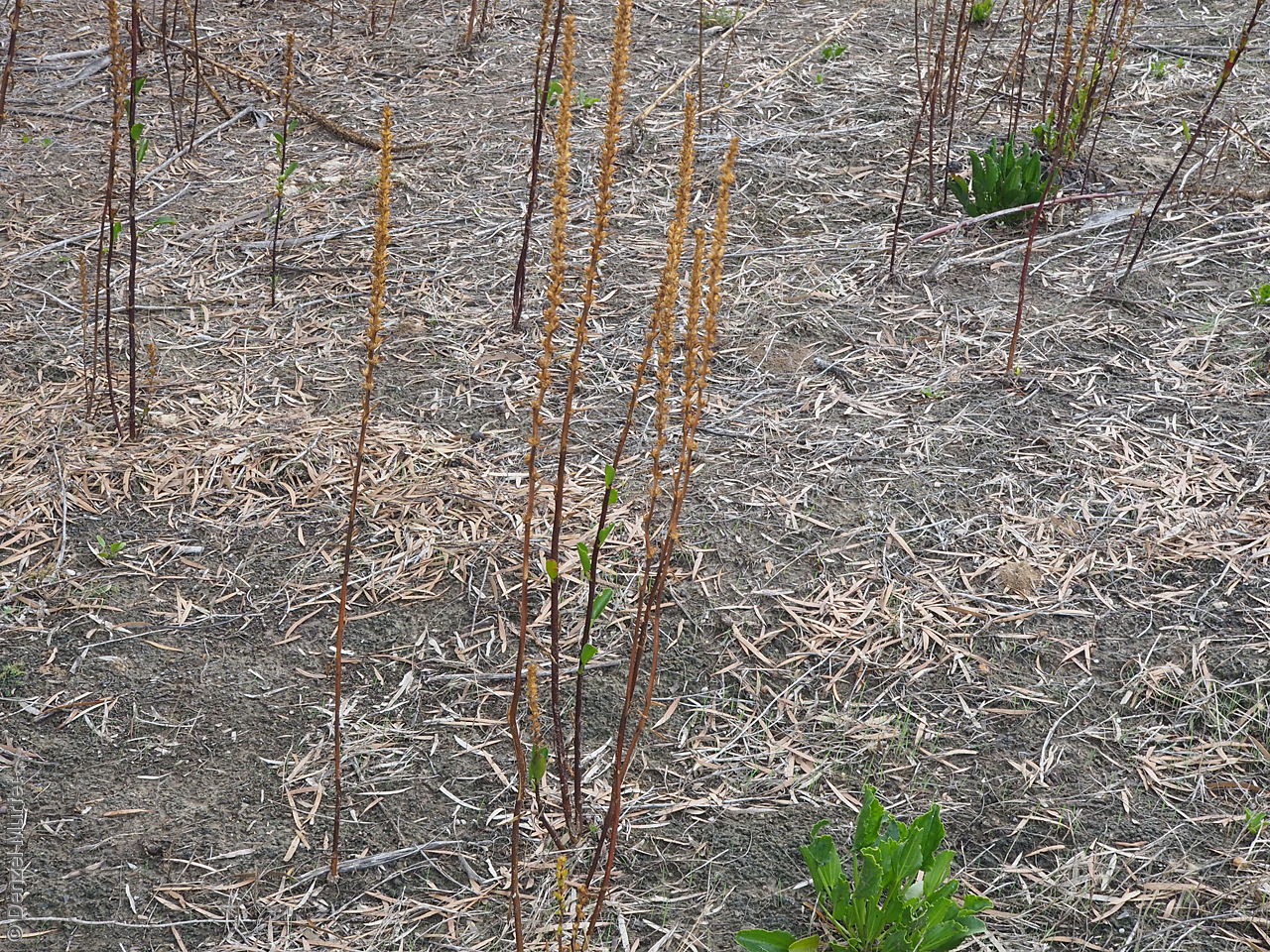
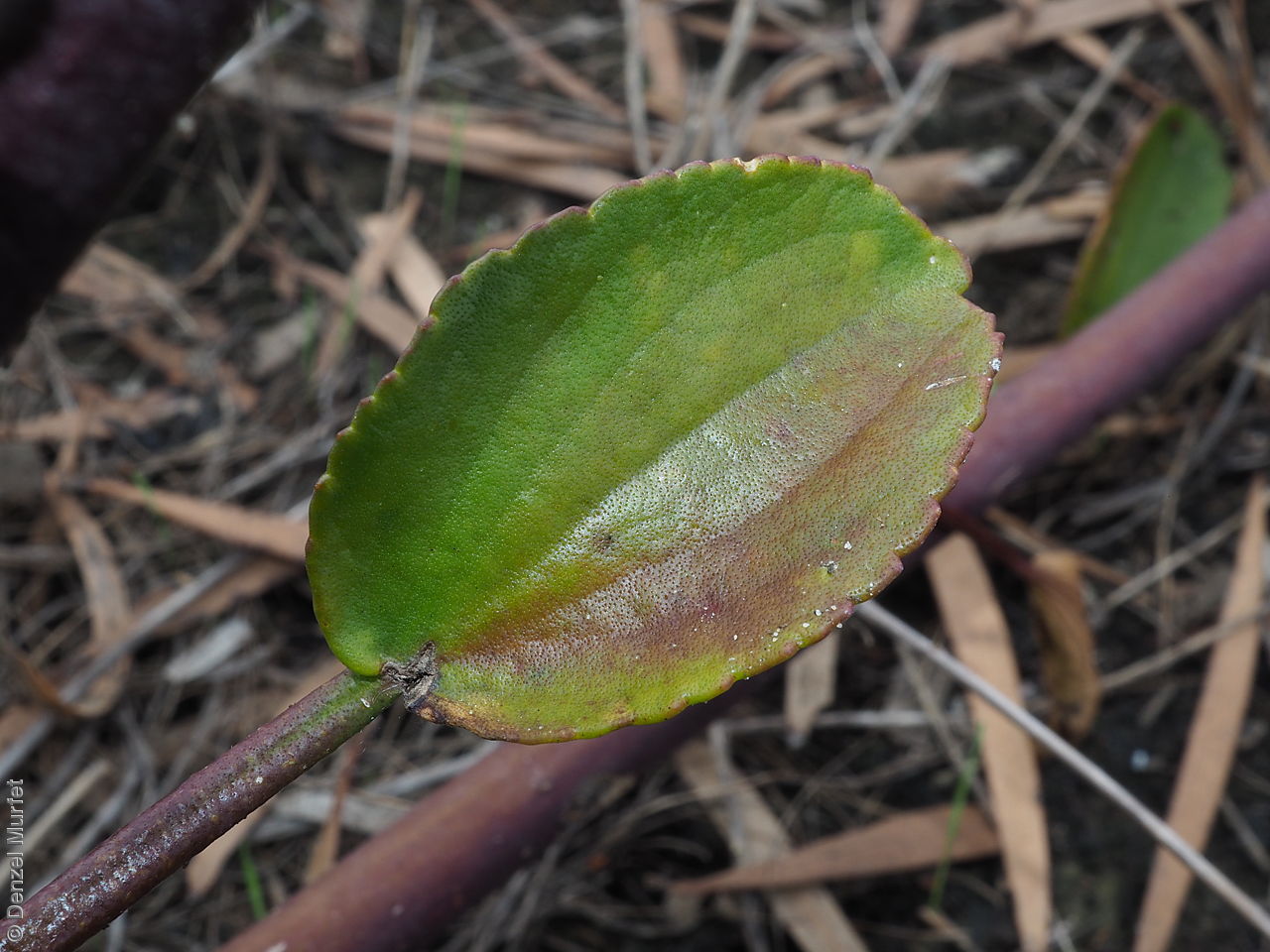
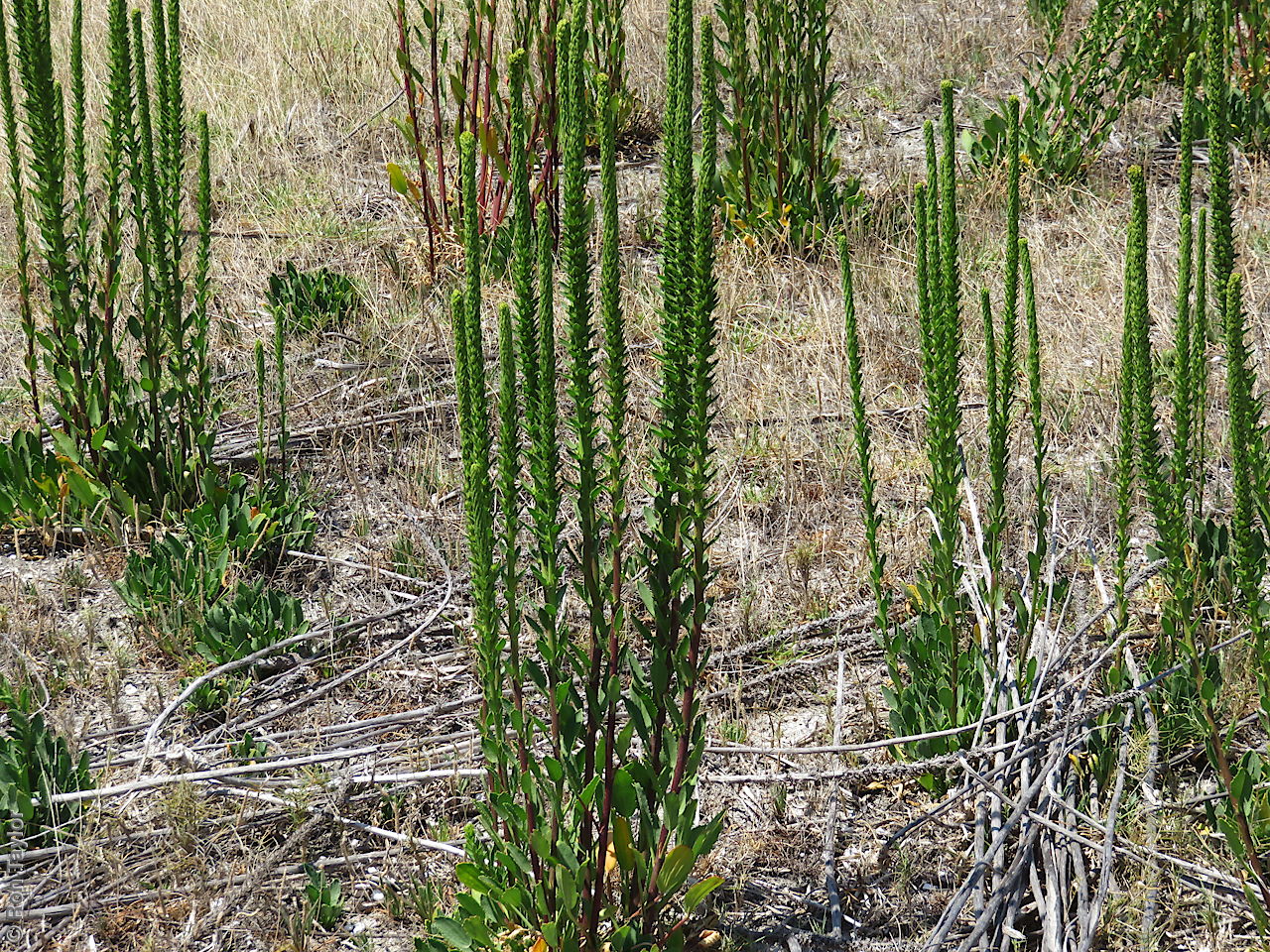
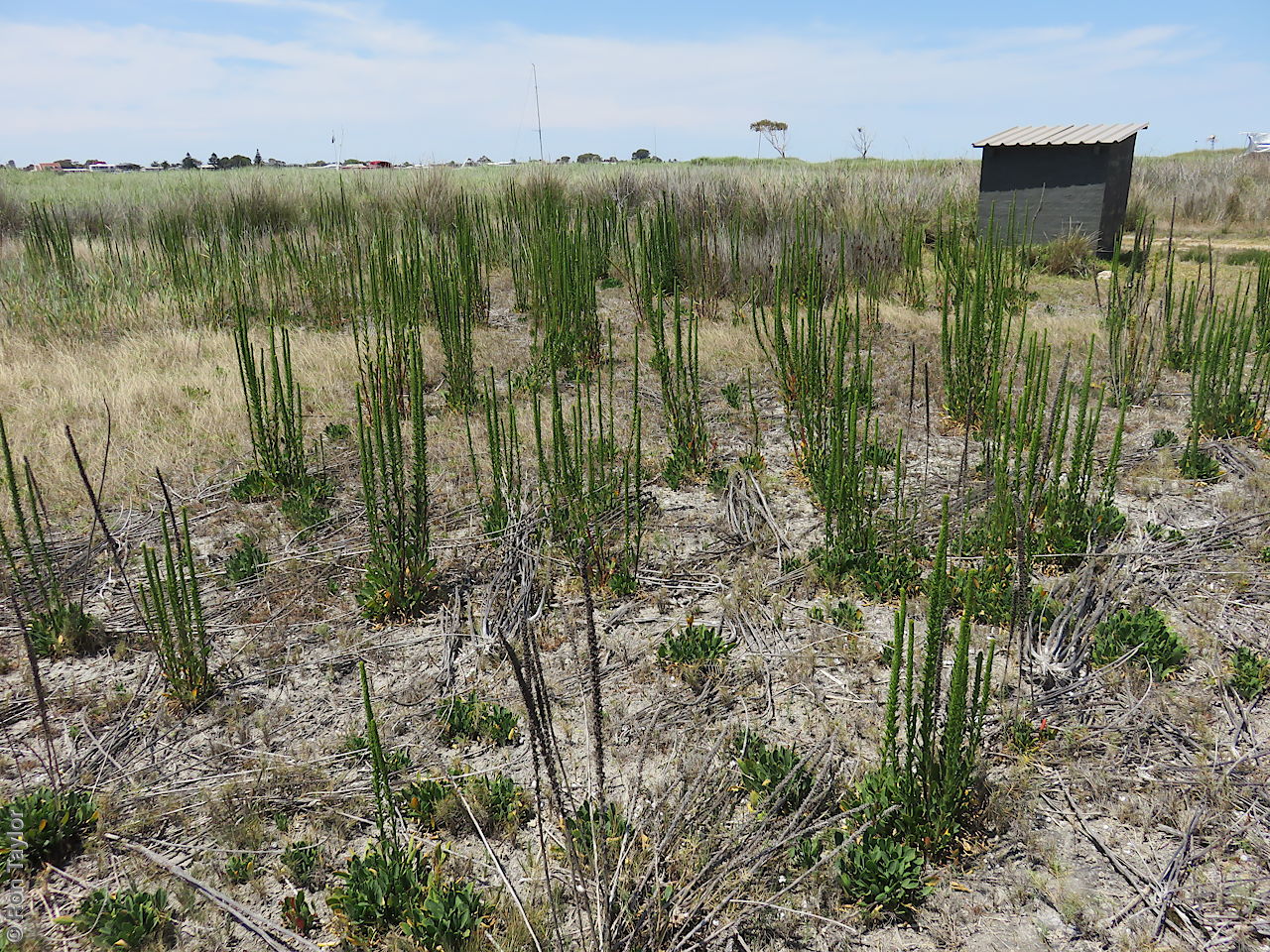
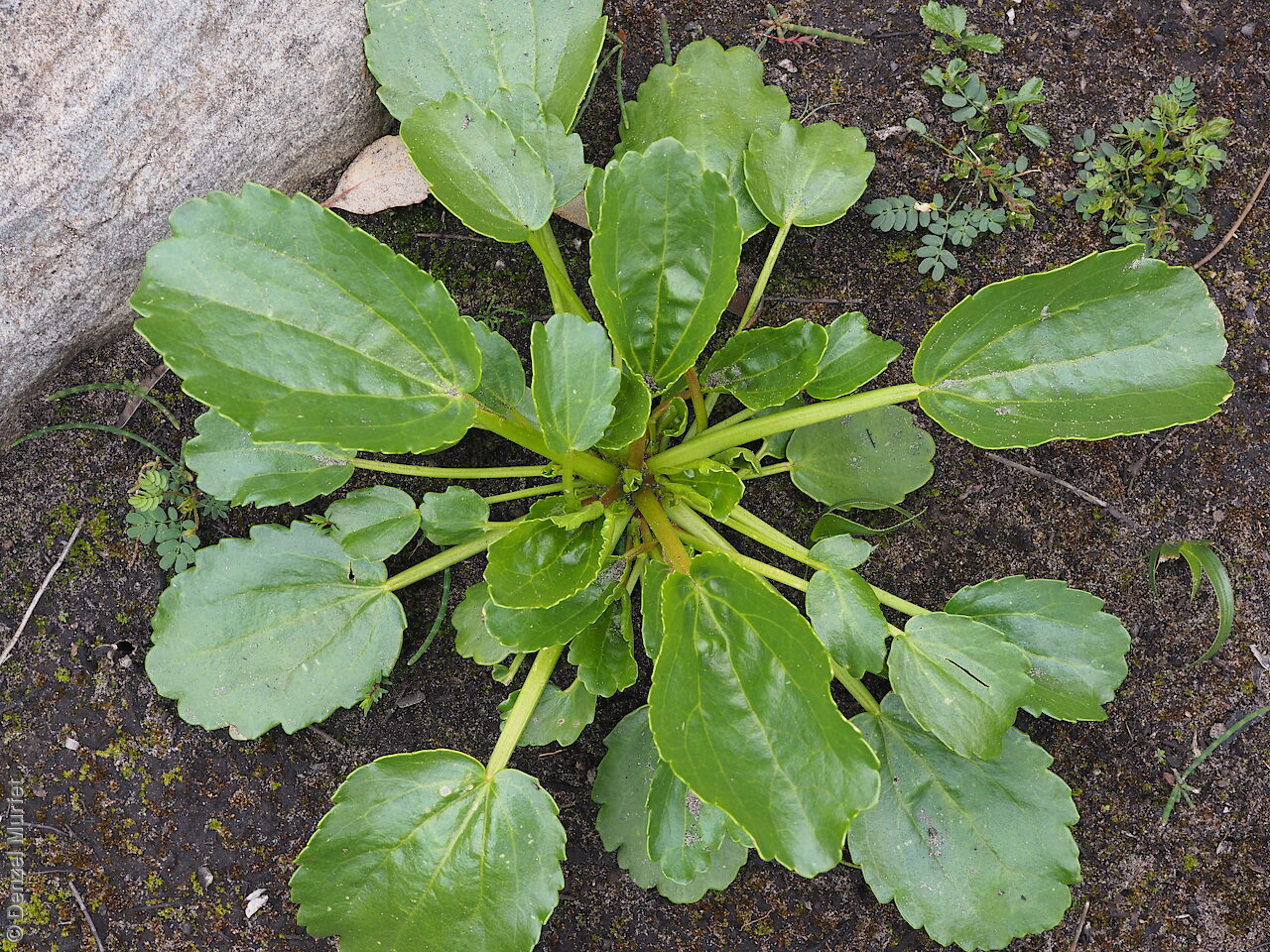
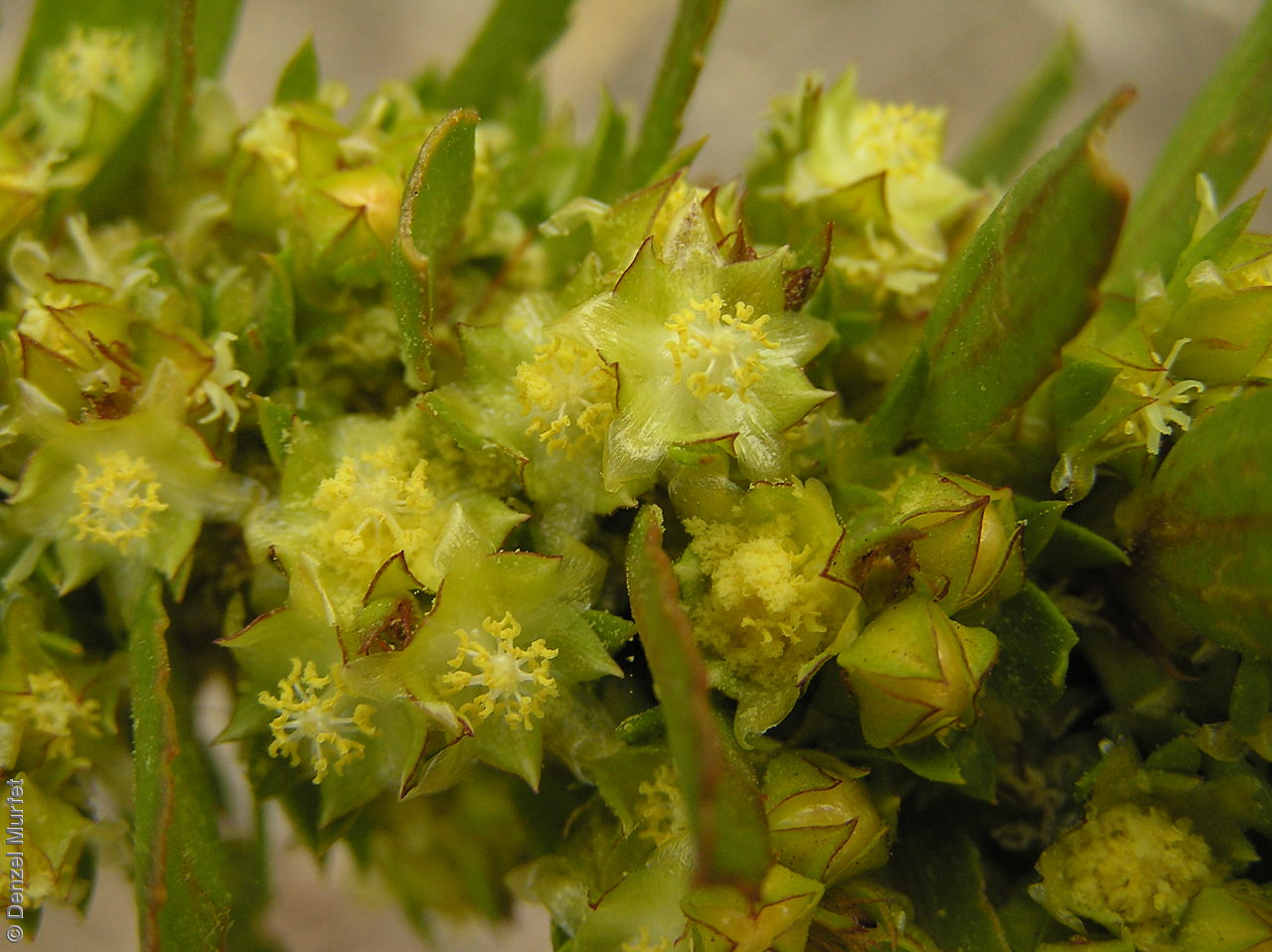
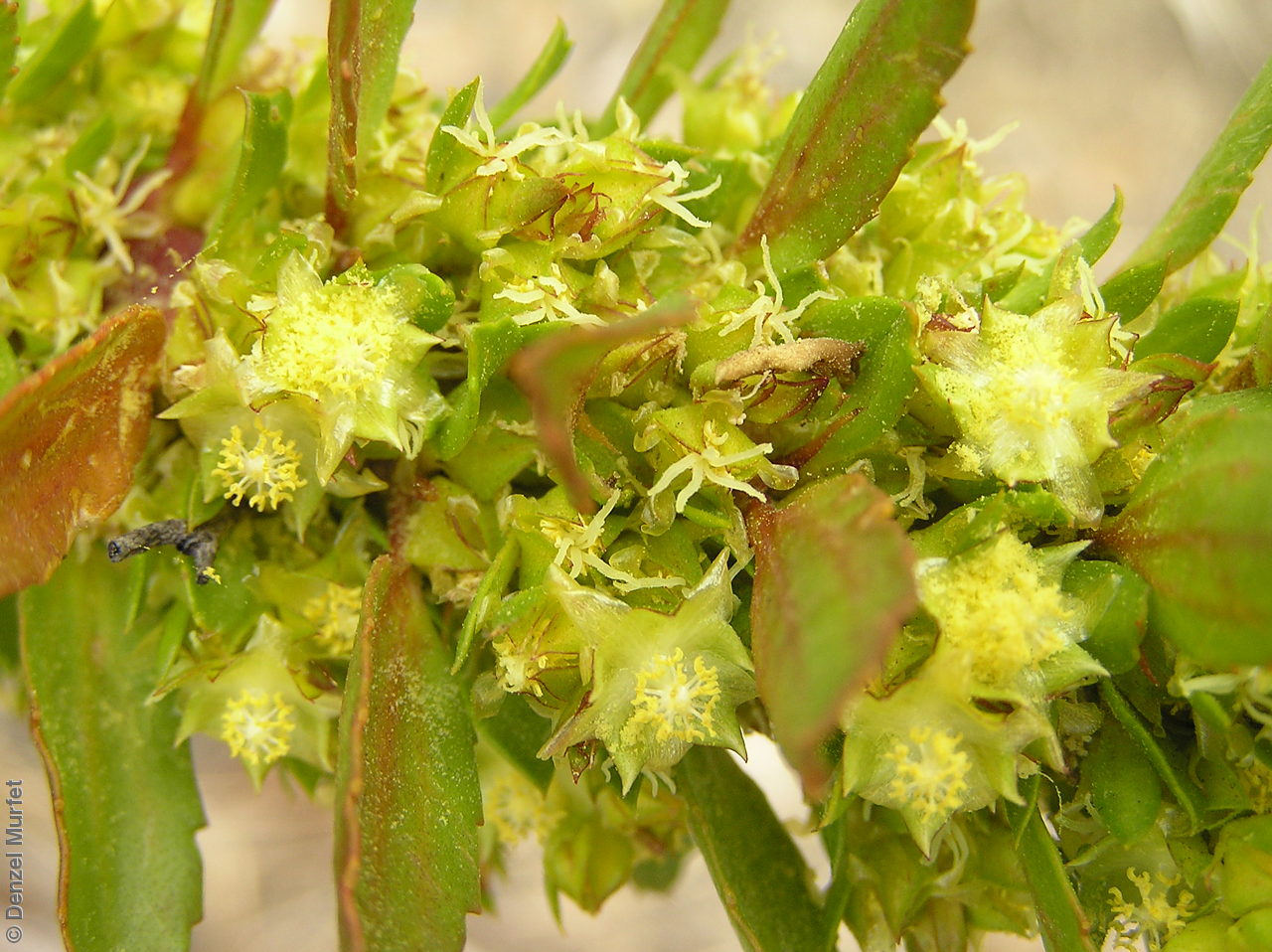
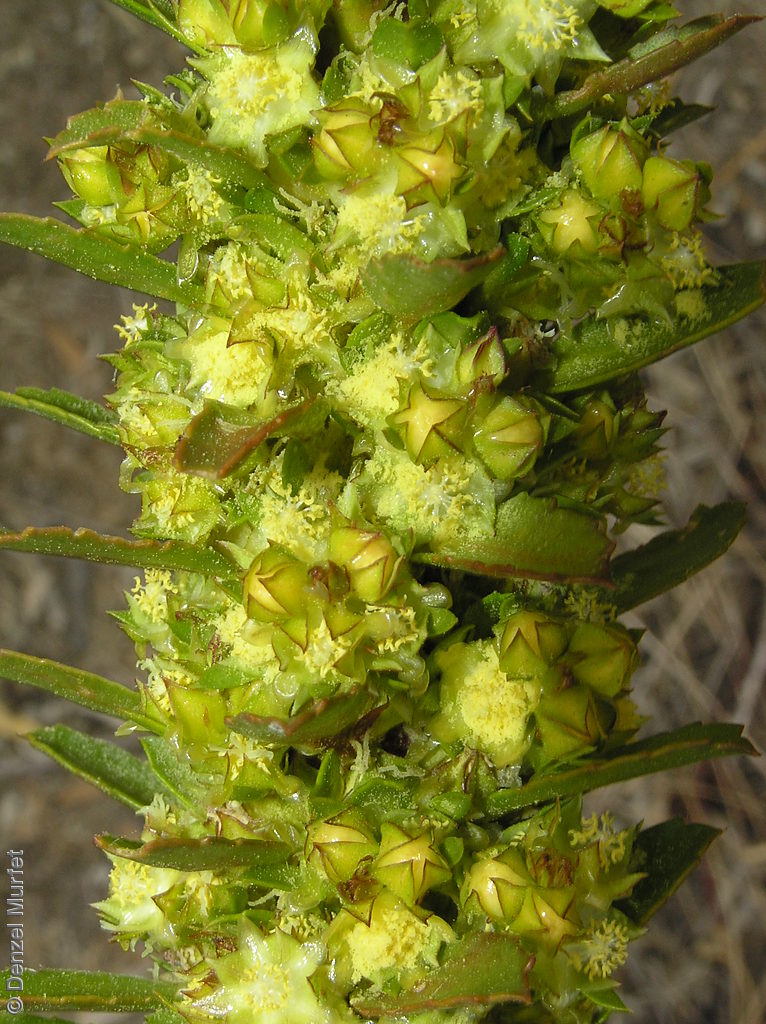
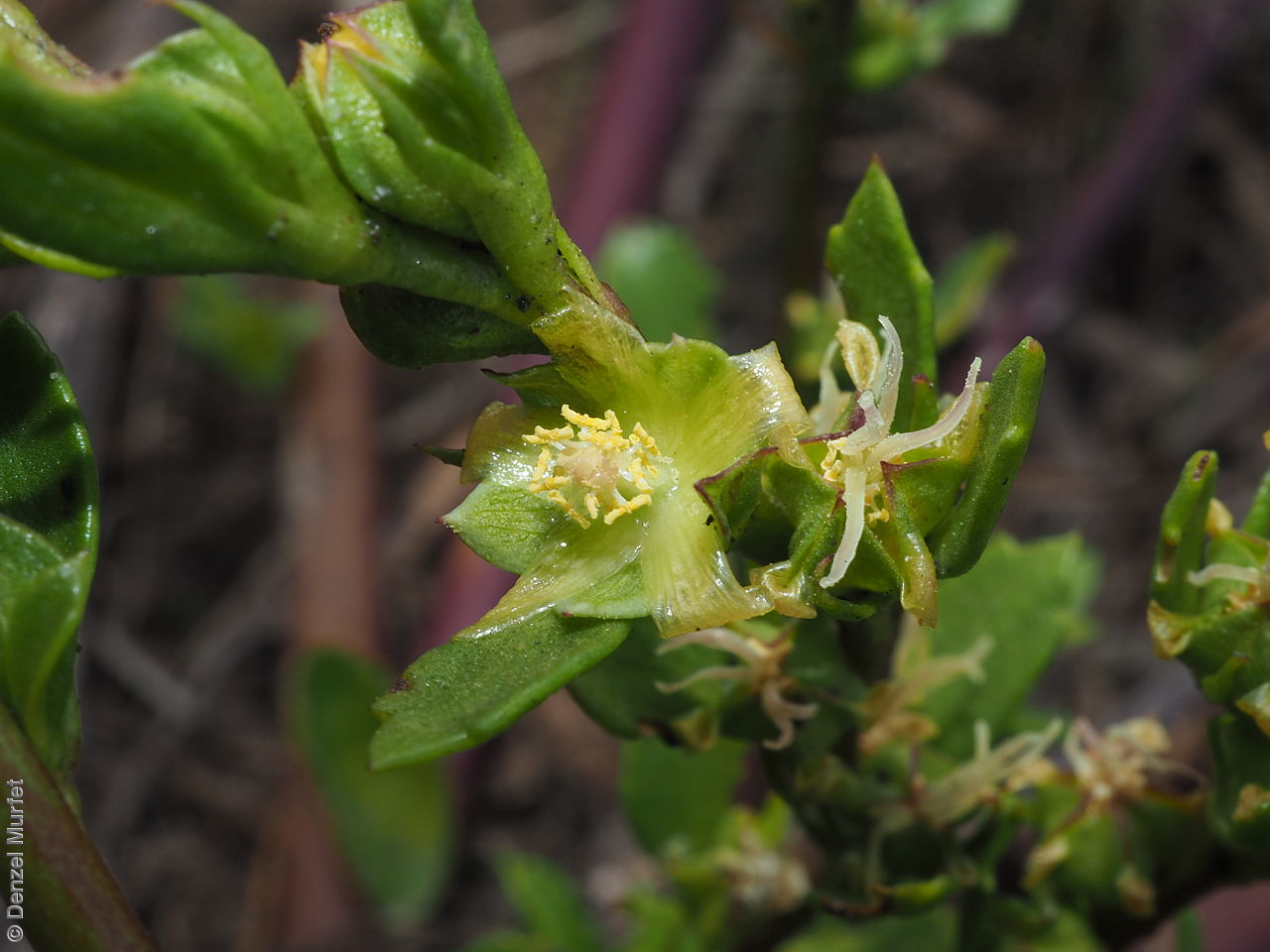
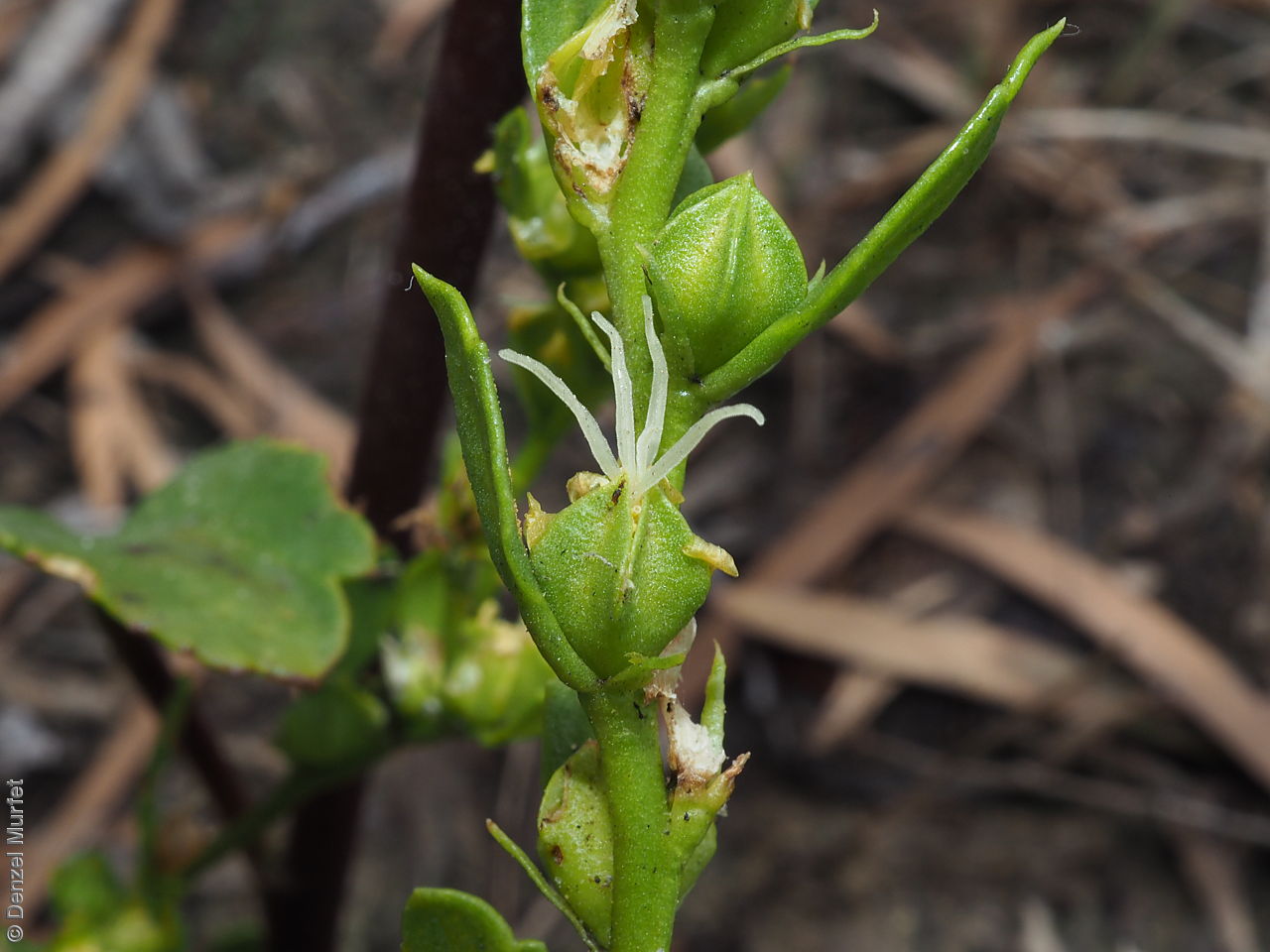
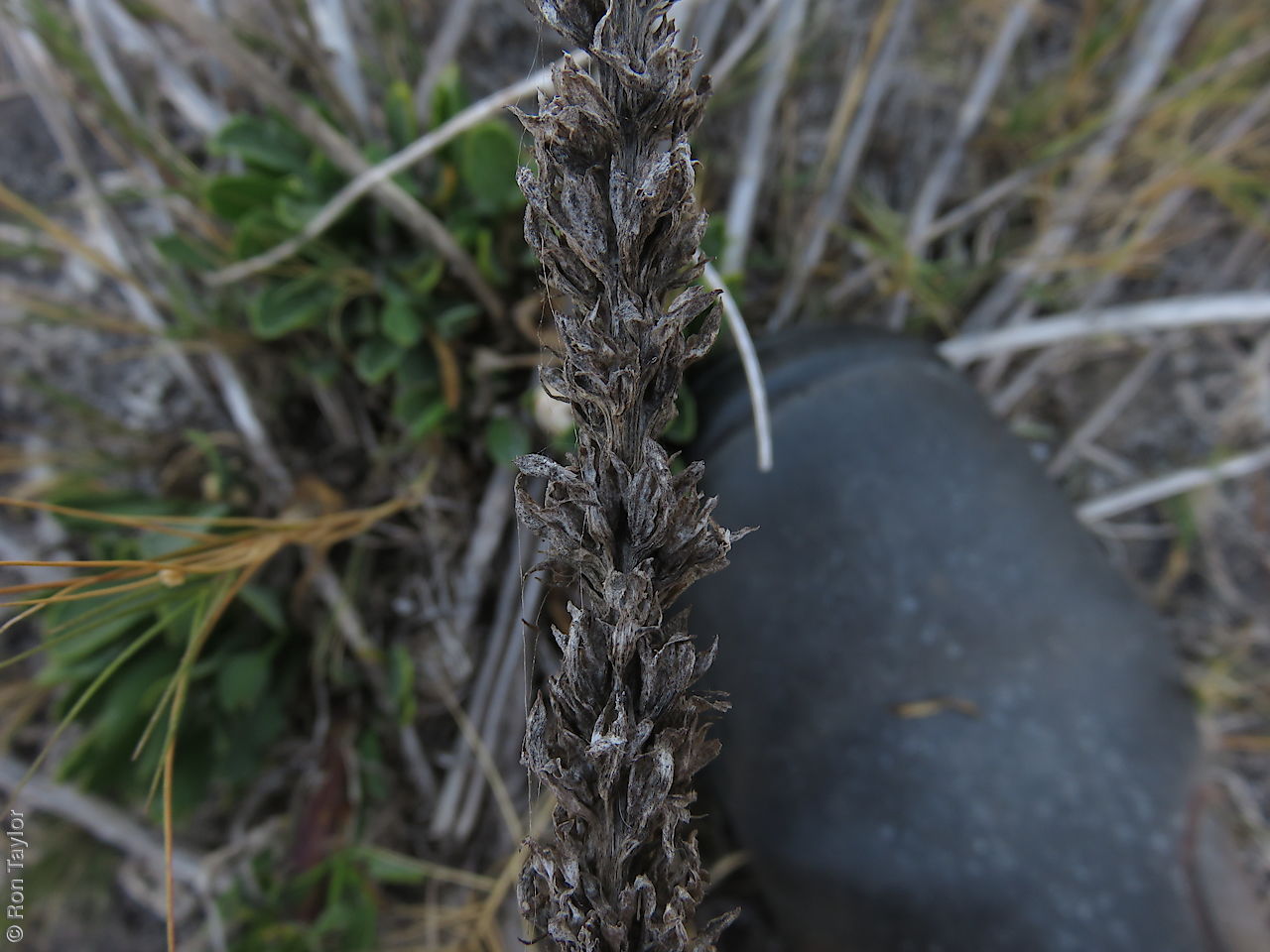
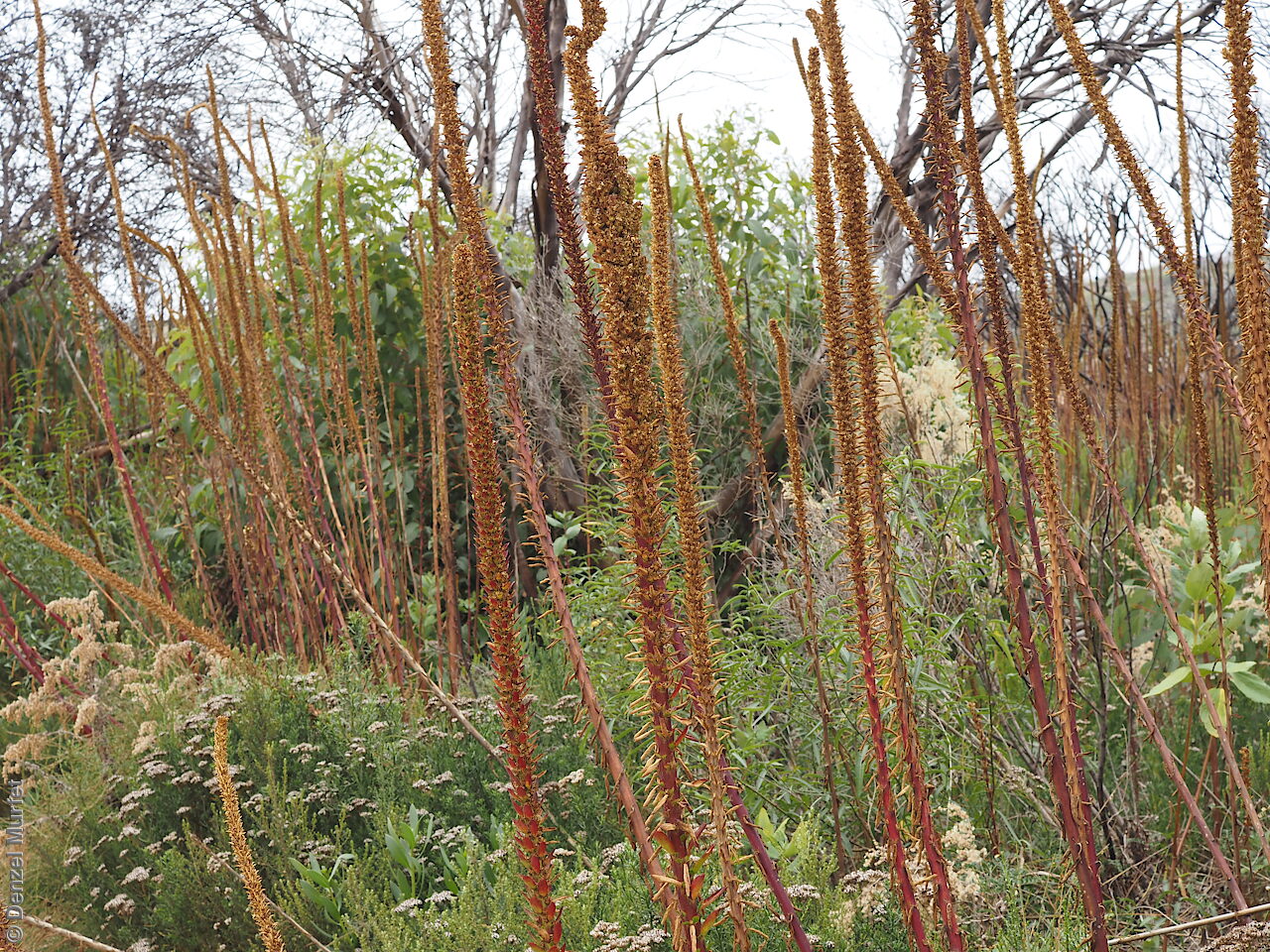
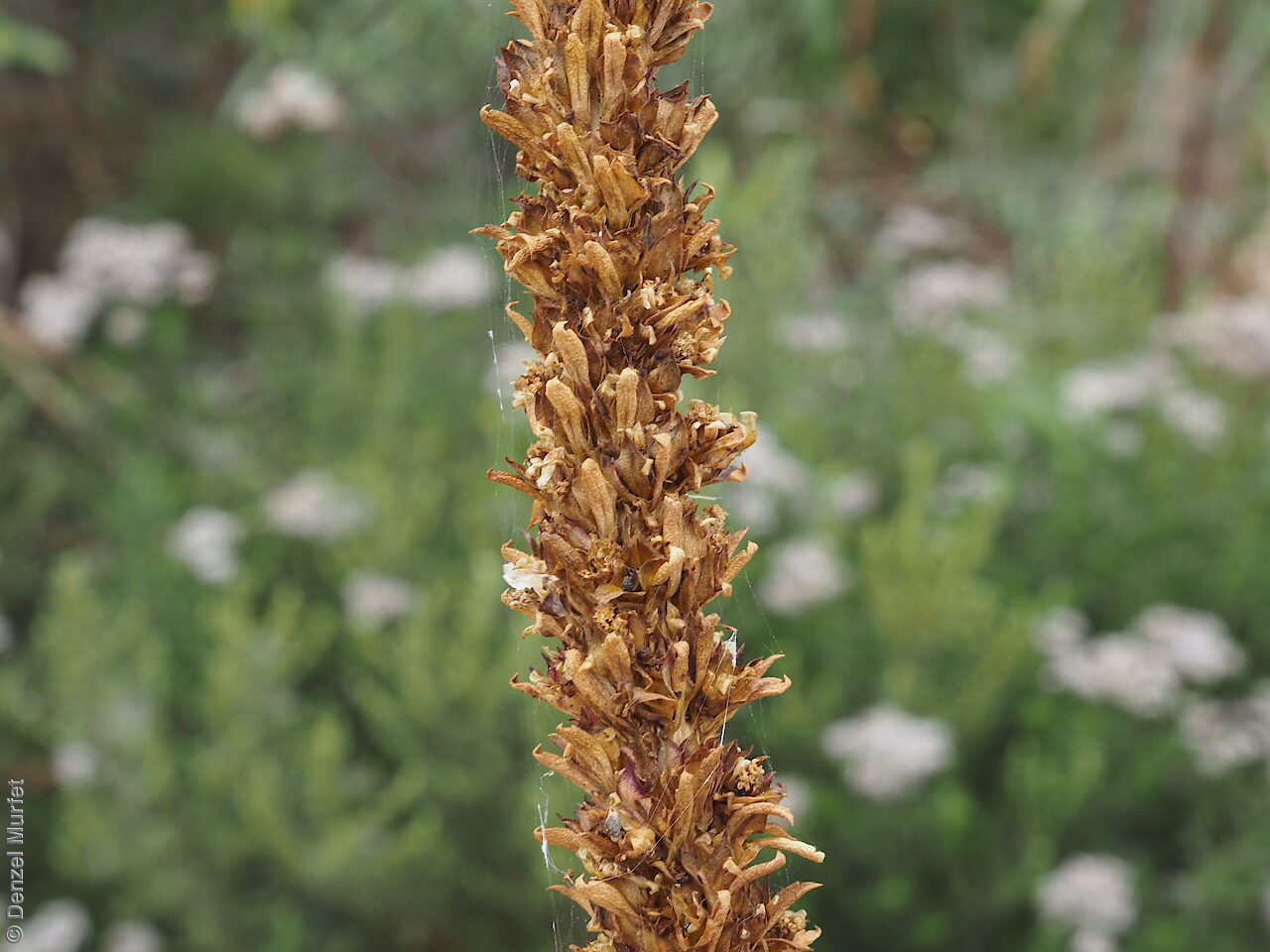
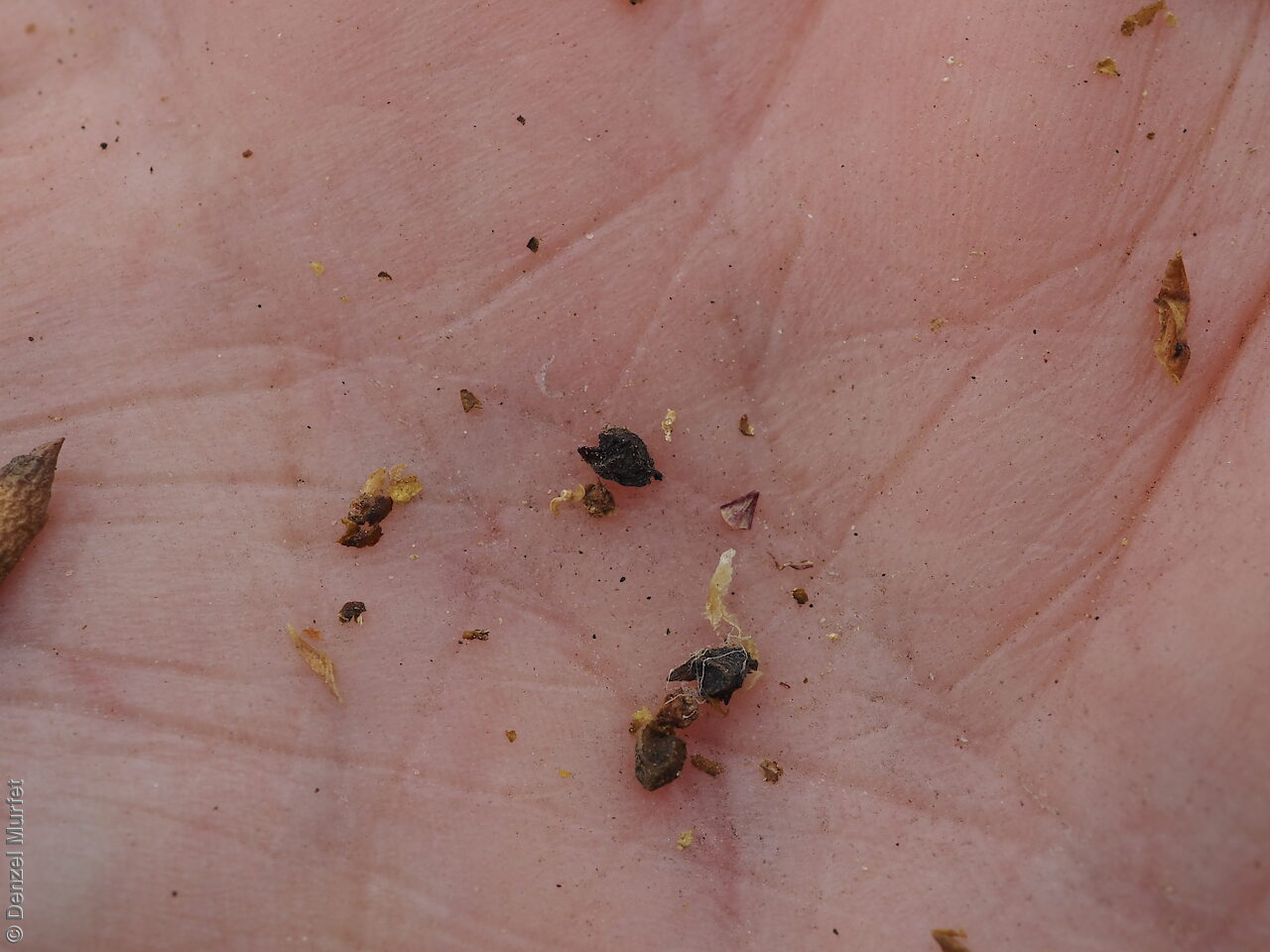
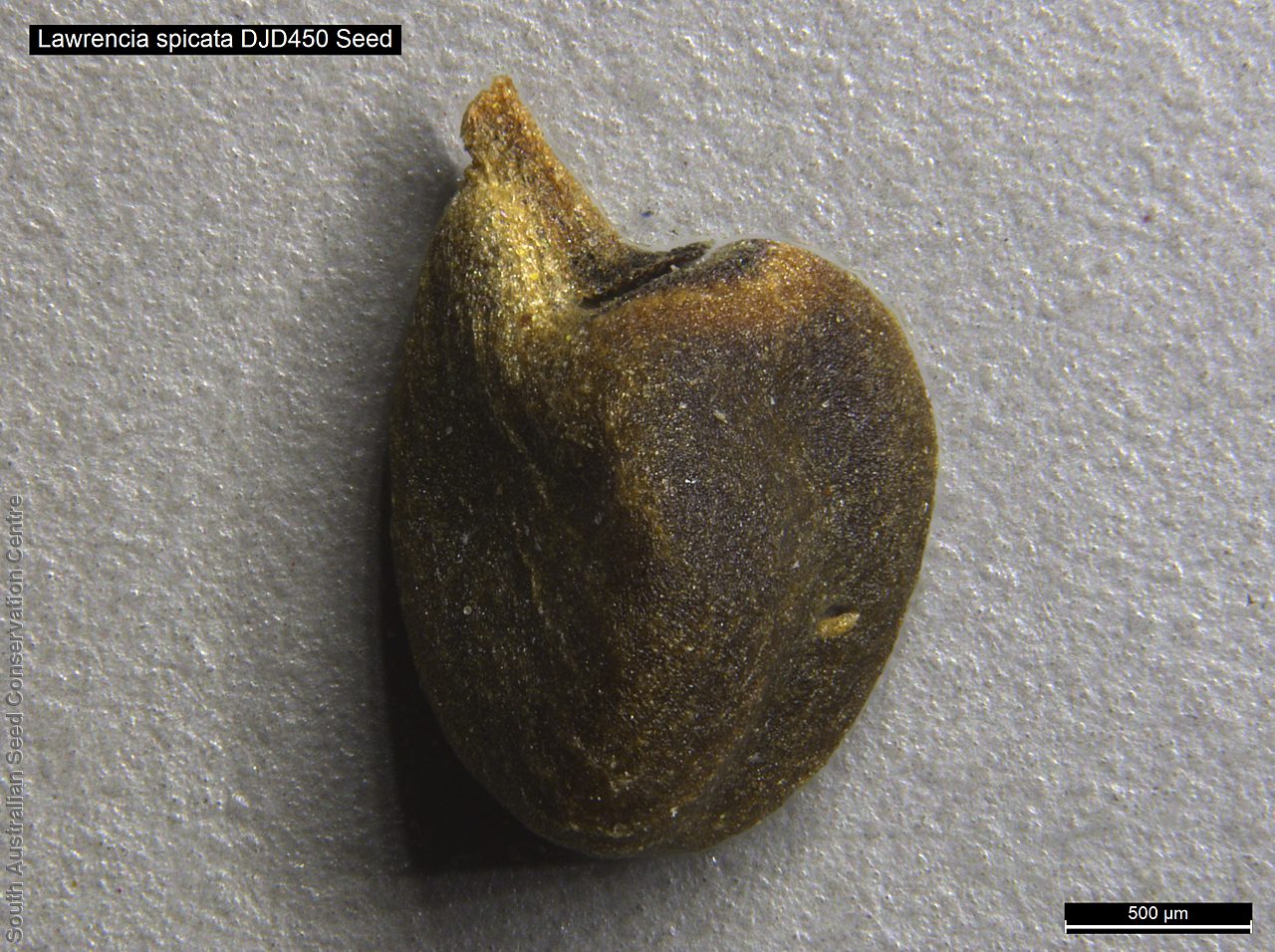
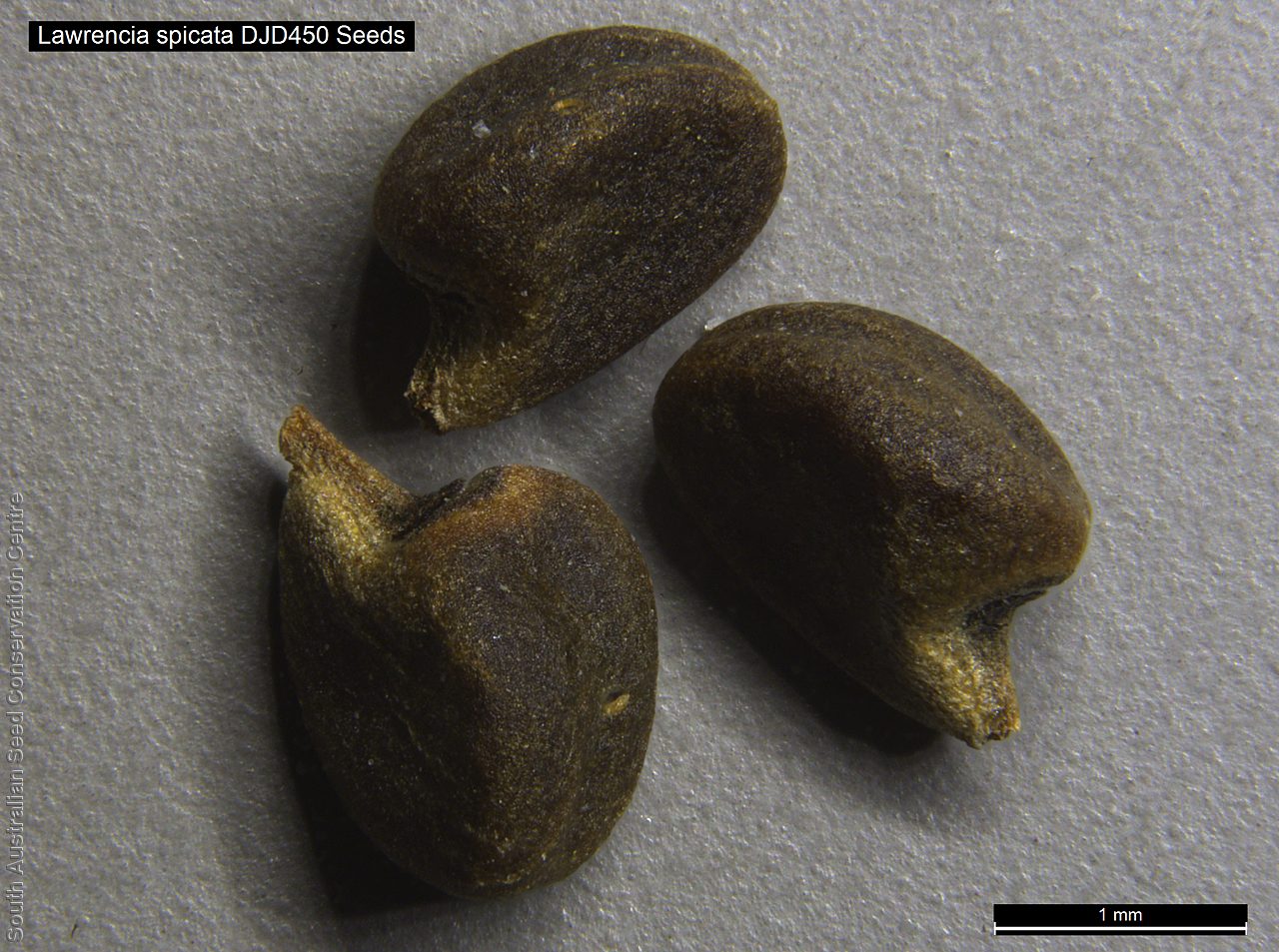
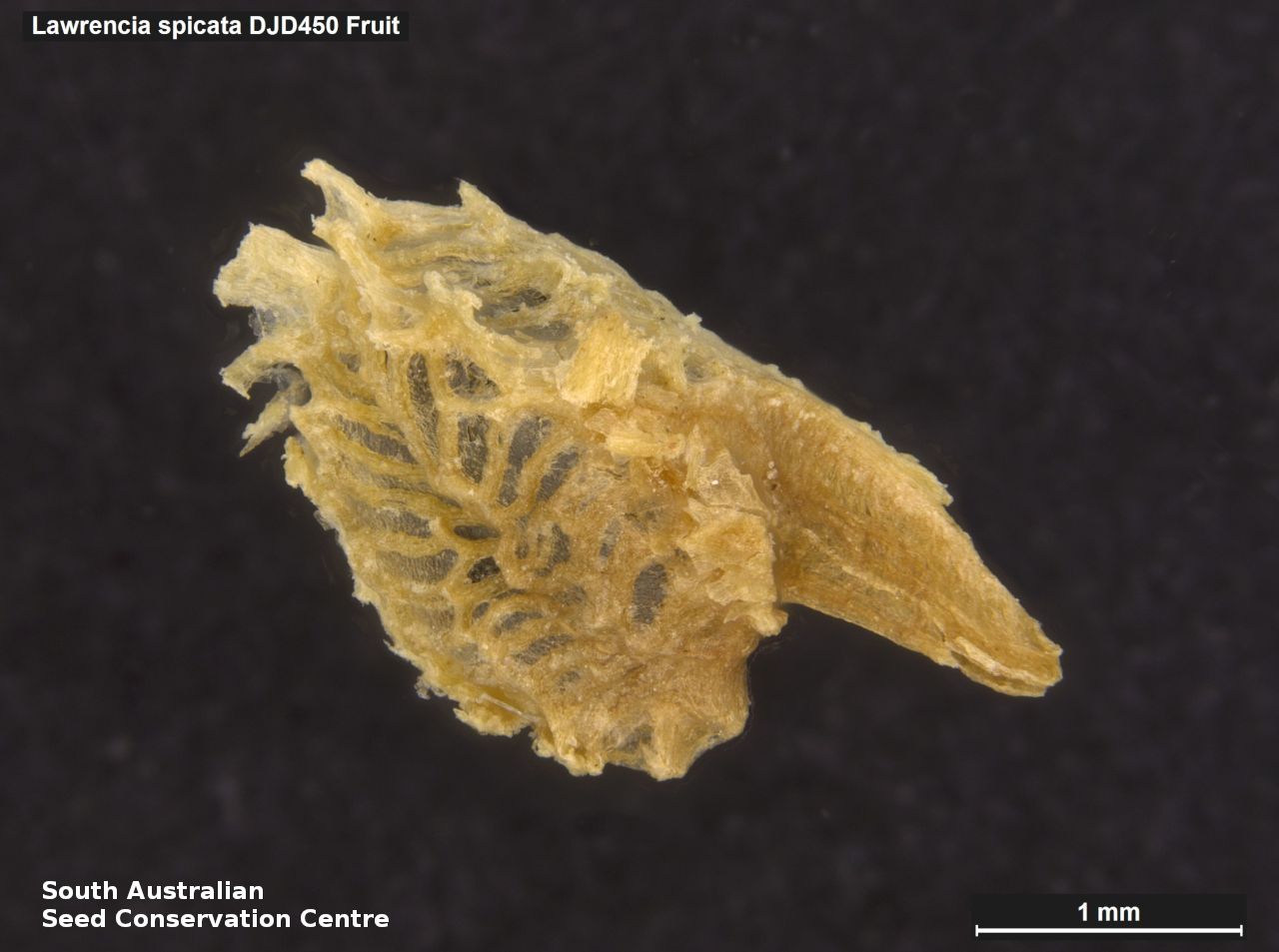
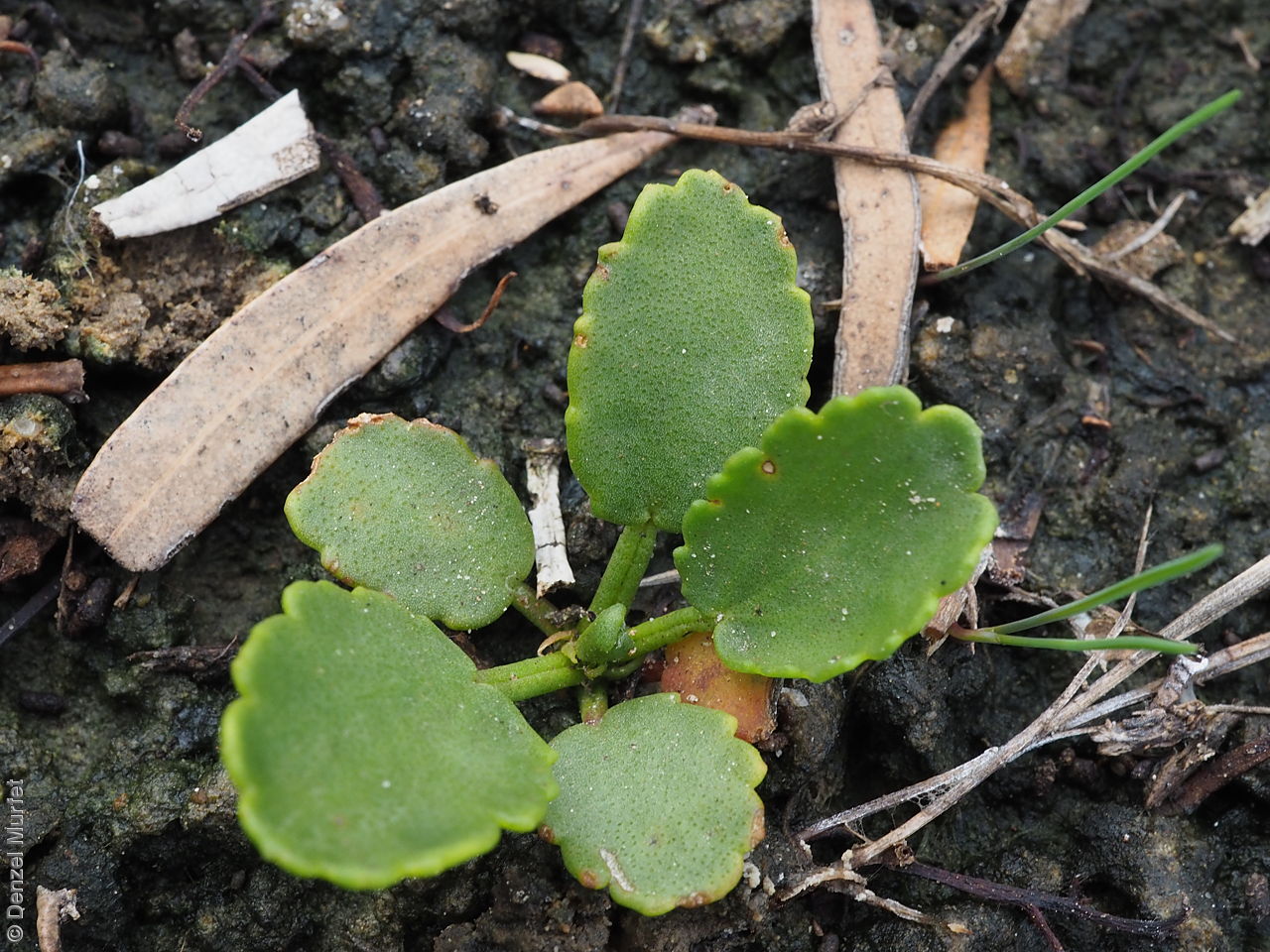

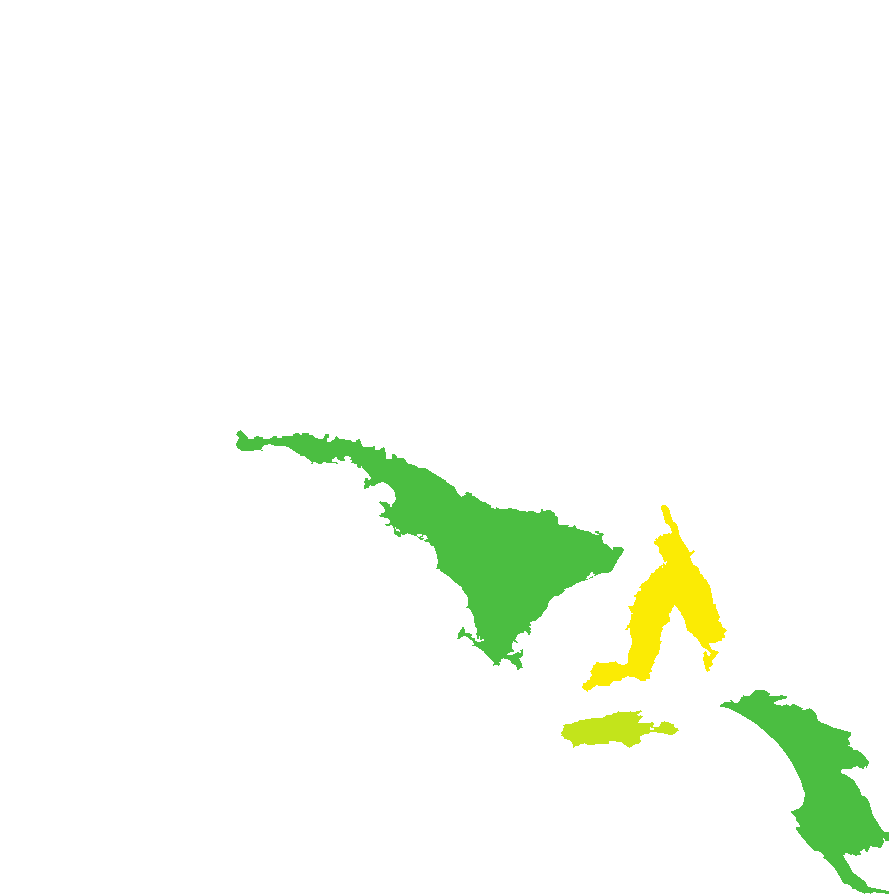
Botanical art
Prior names
Plagianthus spicatus
Common names
Salt Lawrencia
Etymology
Lawrencia, named after Robert Williams Lawrence (1807-33), an English-born botanist and plant collector in Tasmania. Spicata, from the Latin 'spica', meaning a spike, referring to its erect spike-like habit.
Distribution and status
Found in the southern part of South Australia growing mainly along the coast in salt-marsh communities and in saline depressions and around salt lakes. Also found in Western Australia, New South Wales, Victoria and Tasmania. Native. Common in South Australia. Very rare in New South Wales. Common in the other States.
Herbarium regions: North Western, Eyre Peninsula, Northern Lofty, Yorke Peninsula, Southern Lofty, Kangaroo Island, South Eastern, Green Adelaide
AVH map: SA distribution map (external link)
Plant description
Slender, erect, glabrous, fleshy herb to 120 cm high with 1 to few stems; often purplish towards the base. Leaves bright yellow-green; flat and stiff, the lower initially forming a rosette; ovate or oblong, to 7 cm long, on a long stalk; margin serrated. Upper leaves narrower, on a shorter stalk. Inflorescence an erect spike occupying one-third of the stem, with bisexual greenish or yellowish flowers. Flowering between October and February. Fruits are glabrous trigonous-ovoid fruit to 3 mm long, consisting of a number of seed segments with a pointed apex. Seeds are dark brown to black, wedge-shaped seed to 2 mm long and 1 mm wide, with a pointy apex. Seed embryo type is folded.
Seed collection and propagation
Collect seeds between December and April. Collect mature fruits; those that are turning a brown colour and with the segments containing dark hard seeds. Place the fruits in a tray and leave to dry for one to two weeks, then rub the fruits gently by hand to separate the seed segments. Use a sieve to separate the unwanted material. Store the seeds with a desiccant such as dried silica beads or dry rice, in an air tight container in a cool and dry place. From one collection, the seed viability was average, at 75% This species has physical dormancy that needs to be overcome for the seed to germinate (e.g. nicking or softening the seed coat).
| Location | No. of seeds (weight grams) | Number of plants | Date collected | Collection number Collection location | Date stored | % Viability | Storage temperature |
|---|---|---|---|---|---|---|---|
| BGA MSB | 9,500 (17.8 g) 9,500 (17.8 g) | 40 | 10-Apr-2006 | DJD450 South Eastern | 7-Aug-2006 | 75% | -18°C |
Number of plants: This is the number of plants from which the seeds were collected.
Collection location: The Herbarium of South Australia's region name.
% Viability: Percentage of filled healthy seeds determined by a cut test or x-ray.